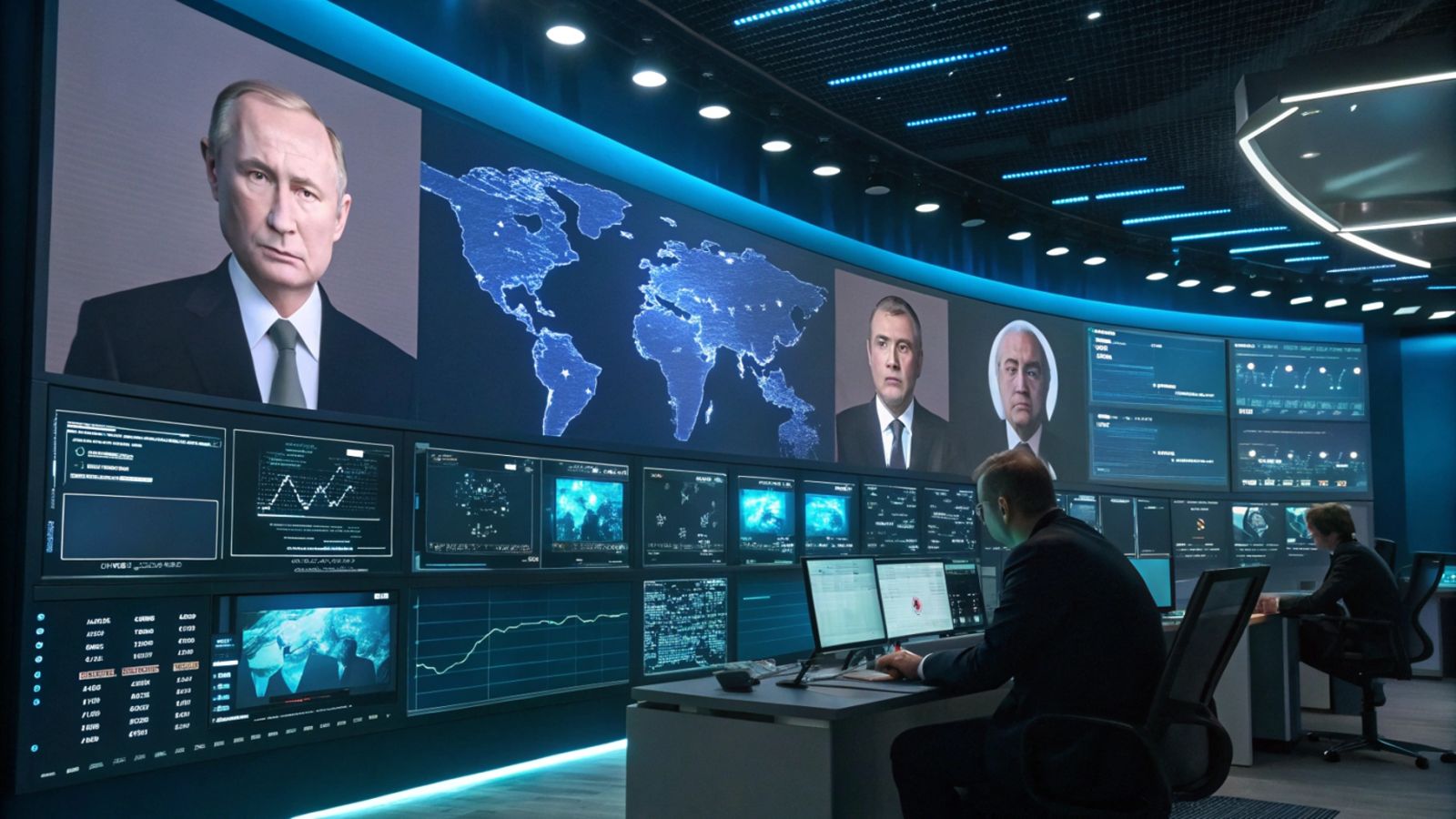With AI, the CIA creates doubles of foreign leaders: why? 🕵️
Published by Cédric,
Article author: Cédric DEPOND
Source: The New York Times
Other Languages: FR, DE, ES, PT
Article author: Cédric DEPOND
Source: The New York Times
Other Languages: FR, DE, ES, PT
Follow us on Google News (click on ☆)
This initiative is part of a broader strategy to modernize intelligence tools. By creating digital doubles of political figures, the CIA hopes to better understand their behaviors and refine its strategic analyses.

Avatars to predict reactions
Advanced language models are at the heart of this project. They enable the generation of plausible responses based on public data and intelligence collected by the agency. These virtual avatars offer a new way to explore sensitive diplomatic scenarios.
Analysts can interact with these simulations to test different approaches. Although details remain confidential, this technology could be applied to figures like Vladimir Putin or Kim Jong-un.
Strengthened public-private collaboration
To develop these tools, the CIA increasingly relies on partnerships with technology companies. This collaboration is essential to remain competitive against actors like China, which is heavily investing in AI.
The agency has also streamlined its processes to facilitate exchanges. By declassifying certain information, it hopes to attract more innovators from the private sector.
Transparency issues
Despite these advancements, the CIA must balance innovation and confidentiality. Details about the partners involved and the exact methods remain unclear, raising questions about the balance between national security and transparency.
Juliane Gallina, deputy director of digital innovation, emphasizes the importance of open communication to attract talent. However, bureaucratic constraints persist.
A promising technological future
This technology could greatly change how intelligence is analyzed. By simulating interactions with leaders, the CIA hopes to gain responsiveness and precision in its strategic predictions.
The stakes are high: staying at the forefront of innovation while maintaining an advantage over geopolitical rivals.
To go further: What is predictive analysis in intelligence?
Predictive analysis in intelligence involves using data and technological tools to anticipate future actions of individuals, groups, or nations. It relies on statistical models, AI algorithms, and historical data to identify trends and predict behaviors.
In the field of intelligence, this approach allows for the simulation of complex scenarios, such as a leader's reaction to a diplomatic crisis. It helps analysts assess risks and develop tailored strategies based on data-driven predictions.
However, predictive analysis is not infallible. It depends on the quality and quantity of available data, as well as the models' ability to correctly interpret this information. Data biases or unforeseen events can skew results.
Finally, this method raises ethical questions, particularly regarding data confidentiality and the risks of excessive surveillance. Its use must therefore be regulated to ensure a balance between security and respect for individual freedoms.